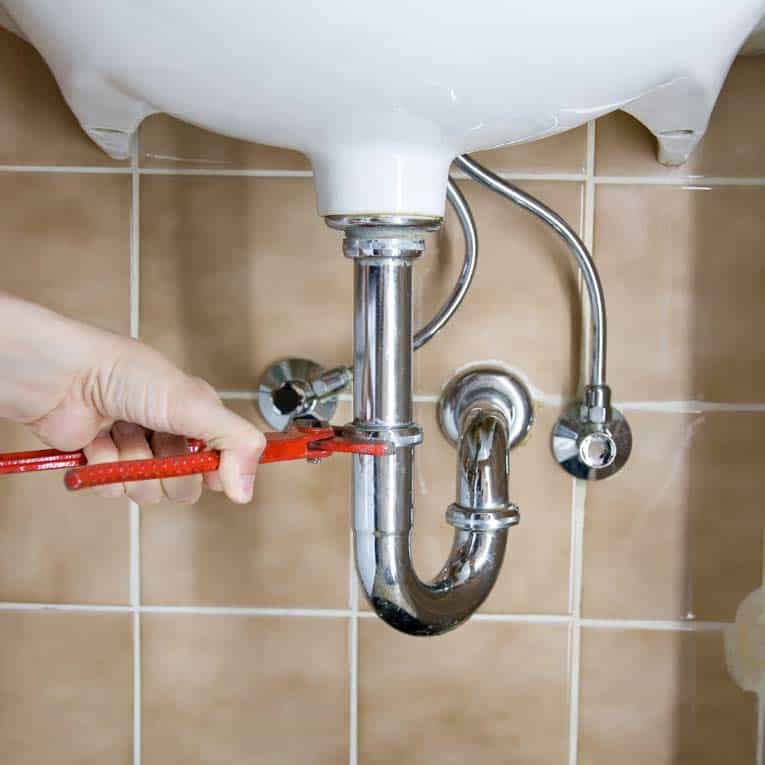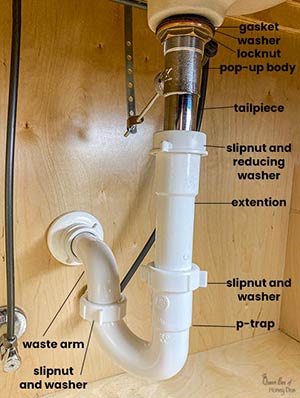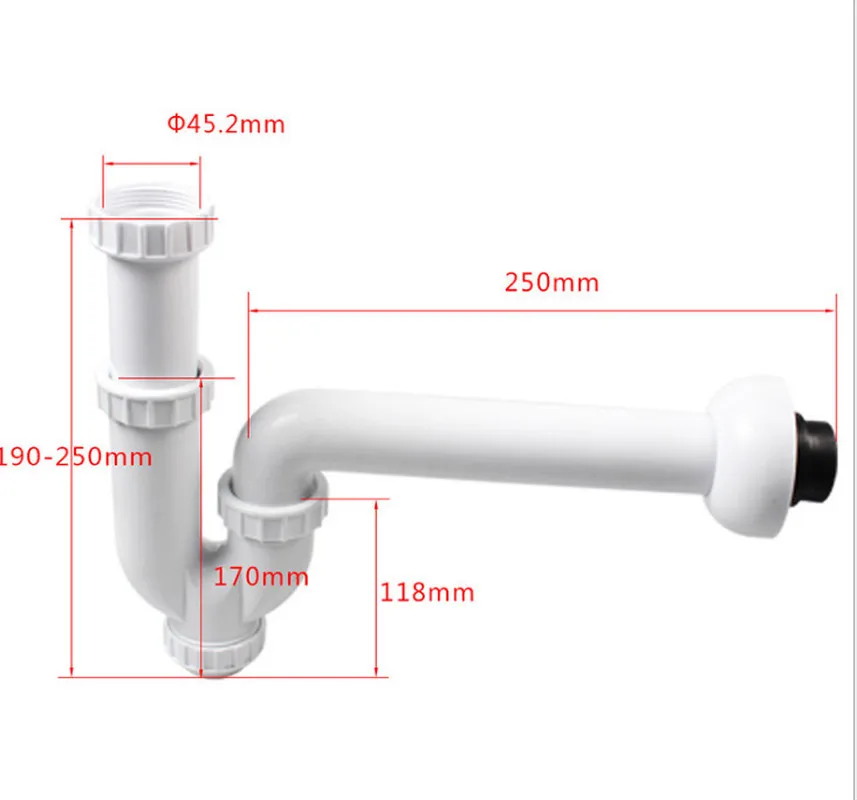Bathroom Sink Drain Pipe Fittings
Types of Bathroom Sink Drain Pipe Fittings
When it comes to bathroom sink drain pipe fittings, there are various types available in the market. Understanding the different types can help you make an informed decision when it comes to installing or replacing your drain pipe fittings. Below are the most common types of bathroom sink drain pipe fittings and their unique features.
- Pop-Up Drain Fittings: One of the most popular types of bathroom sink drain pipe fittings is the pop-up drain fitting. This type of fitting includes a stopper mechanism that can be easily opened or closed by pressing a lever. The pop-up drain fitting is not only convenient but also adds a sleek and modern look to your bathroom sink.
- P-Trap Fittings: The P-trap fitting is another common type of drain pipe fitting used in bathroom sinks. Its unique shape resembles the letter “P,” hence the name. The P-trap fitting creates a water seal that prevents foul odors from entering your bathroom. It also helps to trap debris and prevent clogs in the plumbing system.
- Extension Pipe Fittings: Extension pipe fittings are used when the distance between the bathroom sink drain and the wall drain pipe is longer than usual. These fittings allow you to extend the drain pipe to reach the wall drain, ensuring proper drainage. Extension pipe fittings come in various lengths and can be adjusted to fit your specific needs.
- Slip-Joint Fittings: Slip-joint fittings are versatile and commonly used in bathroom sink drain installations. These fittings allow for easy disassembly and reassembly, making it convenient for cleaning or unclogging the drain pipe. Slip-joint fittings have a threaded nut that can be loosened or tightened to secure the pipes together.
- Push-Fit Fittings: Push-fit fittings are relatively new in the market but gaining popularity due to their ease of installation. These fittings require no special tools or glues; instead, they use rubber seals to create a watertight connection. Push-fit fittings are perfect for DIY enthusiasts who want a hassle-free installation process.

Choosing the Right Size and Material for Your Drain Pipe Fittings
Selecting the correct size and material for your bathroom sink drain pipe fittings is crucial to ensure a proper and efficient plumbing system. Let’s discuss the factors to consider when choosing the size and material for your drain pipe fittings and provide guidance to help you make the right decision.
- Size Considerations: When it comes to drain pipe fittings, one of the essential factors to consider is the size. The size of the fittings should match the size of your bathroom sink drain and the wall drain pipe. Measure the diameter of both the sink drain and the wall pipe to determine the appropriate size of the fittings. Common sizes include 1 1/4 inches and 1 1/2 inches, but it’s always best to measure to ensure accuracy.
- Material Options: Drain pipe fittings are available in various materials, each with its own set of advantages and considerations. Here are some common materials used for drain pipe fittings:
- PVC (Polyvinyl chloride): PVC fittings are affordable, lightweight, and resistant to corrosion. They are a popular choice for drain pipe fittings due to their durability and ease of installation.
- ABS (Acrylonitrile Butadiene Styrene): ABS fittings are similar to PVC in terms of affordability and durability. They are known for their high-temperature resistance and are commonly used in commercial applications.
- Stainless Steel: Stainless steel fittings are known for their strength and durability. They are resistant to corrosion and can withstand high water pressures. However, they are usually more expensive than PVC or ABS fittings.
- Brass: Brass fittings are known for their excellent durability and resistance to corrosion. They are often used in high-end bathroom sink installations but tend to be more expensive than other materials.
- Consider Your Plumbing System: When choosing the size and material for your drain pipe fittings, it’s essential to consider your overall plumbing system. If you have an older plumbing system, it’s a good idea to match the material and size of your existing fittings to ensure compatibility and prevent leaks or other issues.
Installation Tips and Techniques for Bathroom Sink Drain Pipe Fittings
Proper installation of bathroom sink drain pipe fittings is essential to ensure efficient drainage and prevent leaks or other plumbing issues. Here we provide you with some helpful tips and techniques for installing your drain pipe fittings correctly.
Gather the Necessary Tools and Materials: Before starting the installation process, make sure you have all the necessary tools and materials. This may include a wrench, pliers, pipe cutters (if needed), plumber’s tape, and the appropriate drain pipe fittings. Having everything ready beforehand will make the installation process smoother.
Prepare the Sink and Drain Pipe: Start by preparing the sink and drain pipe for installation. Remove any old fittings or debris from the sink drain hole and clean the area thoroughly. If necessary, use a pipe cutter to trim the drain pipe to the desired length.
Apply Plumber’s Tape: To ensure a watertight seal, apply the plumber’s tape to the threads of the drain pipe fittings. This helps prevent leaks and creates a secure connection between the fittings and the drain pipe.
Assemble the Fittings: Carefully assemble the drain pipe fittings according to the manufacturer’s instructions. Make sure to align the fittings properly and hand-tighten them until snug. Avoid over-tightening, as this can damage the fittings or cause leaks.
Connect the Drain Pipe to the Wall Pipe: Once the fittings are assembled, it’s time to connect the drain pipe to the wall pipe. Slide the fittings onto the wall pipe and secure them using a wrench or pliers. Again, be careful not to over-tighten, as this can lead to leaks.
Test for Leaks: After the installation is complete, it’s crucial to test for leaks. Fill the sink with water and let it drain. Check for any signs of water leakage around the fittings or drain pipe connections. If you notice any leaks, tighten the fittings slightly or apply more plumber’s tape to create a better seal.
Common Issues and Troubleshooting with Drain Pipe Fittings
While bathroom sink drain pipe fittings are designed to provide efficient drainage, issues can arise over time. Understanding common problems and troubleshooting techniques can help you identify and resolve issues with your drain pipe fittings. Let’s discuss some common issues and provide troubleshooting tips to help you address them effectively.
Slow Draining: A common issue with drain pipe fittings is slow draining. This can be caused by a clog in the pipe or a buildup of debris in the fittings. To troubleshoot this issue, start by removing the drain stopper or pop-up assembly and inspecting for any visible clogs or debris. Use a plunger or a drain snake to clear any obstructions. If the issue persists, you may need to disassemble the fittings and clean them thoroughly.
Leaks: Leaks around the drain pipe fittings are another common problem. This can be caused by loose fittings, worn-out gaskets, or damaged pipes. To troubleshoot this issue, check all the fittings for tightness and tighten them if necessary. If the leak persists, replace the gaskets or damaged fittings. Inspect the drain pipe for any cracks or damage and replace it if needed.
Foul Odors: Foul odors coming from the drain pipe fittings can be unpleasant. This can be caused by a dry trap or a buildup of bacteria and debris in the fittings. To troubleshoot this issue, pour water down the drain to refill the trap and create a water seal. You can also use a mixture of baking soda and vinegar to clean the fittings and eliminate any odor-causing bacteria.
Corrosion: Over time, drain pipe fittings can corrode, especially if they are made of metal. Corrosion can cause leaks and affect the overall performance of the fittings. To troubleshoot this issue, inspect the fittings for any signs of corrosion, such as rust or greenish deposits. If corrosion is present, replace the affected fittings with new ones made of corrosion-resistant materials.
Gurgling Sounds: Gurgling sounds coming from the drain pipe fittings can indicate a ventilation issue or a partial blockage in the plumbing system. To troubleshoot this issue, check the vent pipe for any obstructions and clear them if necessary. If the problem persists, you may need to consult a professional plumber to assess and resolve the issue.
Maintenance and Cleaning of Bathroom Sink Drain Pipe Fittings
Proper maintenance and regular cleaning of bathroom sink drain pipe fittings are essential to ensure the longevity and efficiency of your plumbing system. Here are some maintenance tips and cleaning techniques to help you keep your drain pipe fittings in optimal condition.
Regularly Remove and Clean the Drain Stopper: To prevent debris and buildup in the drain pipe fittings, it’s important to regularly remove and clean the drain stopper or pop-up assembly. Simply unscrew or lift the stopper assembly and clean it thoroughly using a brush and mild detergent. Rinse it with warm water before reinstalling.
Use a Drain Strainer: Using a drain strainer is an effective way to prevent larger debris, such as hair and soap scum, from entering the drain pipe fittings. Place a drain strainer over the sink drain to catch any debris before it goes down the drain. Regularly remove and clean the drain strainer to maintain its effectiveness.
Flush with Hot Water: Periodically flushing the drain pipe fittings with hot water can help dissolve any buildup or residue. Boil water and carefully pour it down the drain. The hot water will help dislodge and flush away any debris, keeping the fittings clean and free-flowing.
Clean with Baking Soda and Vinegar: For a deeper cleaning, you can use a mixture of baking soda and vinegar. Start by pouring half a cup of baking soda down the drain, followed by half a cup of vinegar. Let the mixture sit for about 15 minutes to allow the chemical reaction to break down any buildup. Flush the drain with hot water to rinse away the residue.
Avoid Chemical Drain Cleaners: While it may be tempting to use chemical drain cleaners to unclog or clean the drain pipe fittings, it’s best to avoid them. Chemical drain cleaners can be harsh on the fittings and may cause damage over time. Stick to natural cleaning methods or consult a professional plumber for stubborn clogs or cleaning needs.
Danco 94005 Slip Joint Swivel P-Trap, 1-1/2 in, Plastic, [Finish
Peerless 1-1/2″ Plastic Flexible Lavatory/Kitchen Drain Trap.
How To Install Bathroom Sink Drain u2022 Queen Bee of Honey Dos
Ep6 Wash Basin Install – Install Waste Pipe and Test – Plumbing Tips
Kitchen bathroom sink drain pipe connection sink sink drain pipe
Related Posts:








